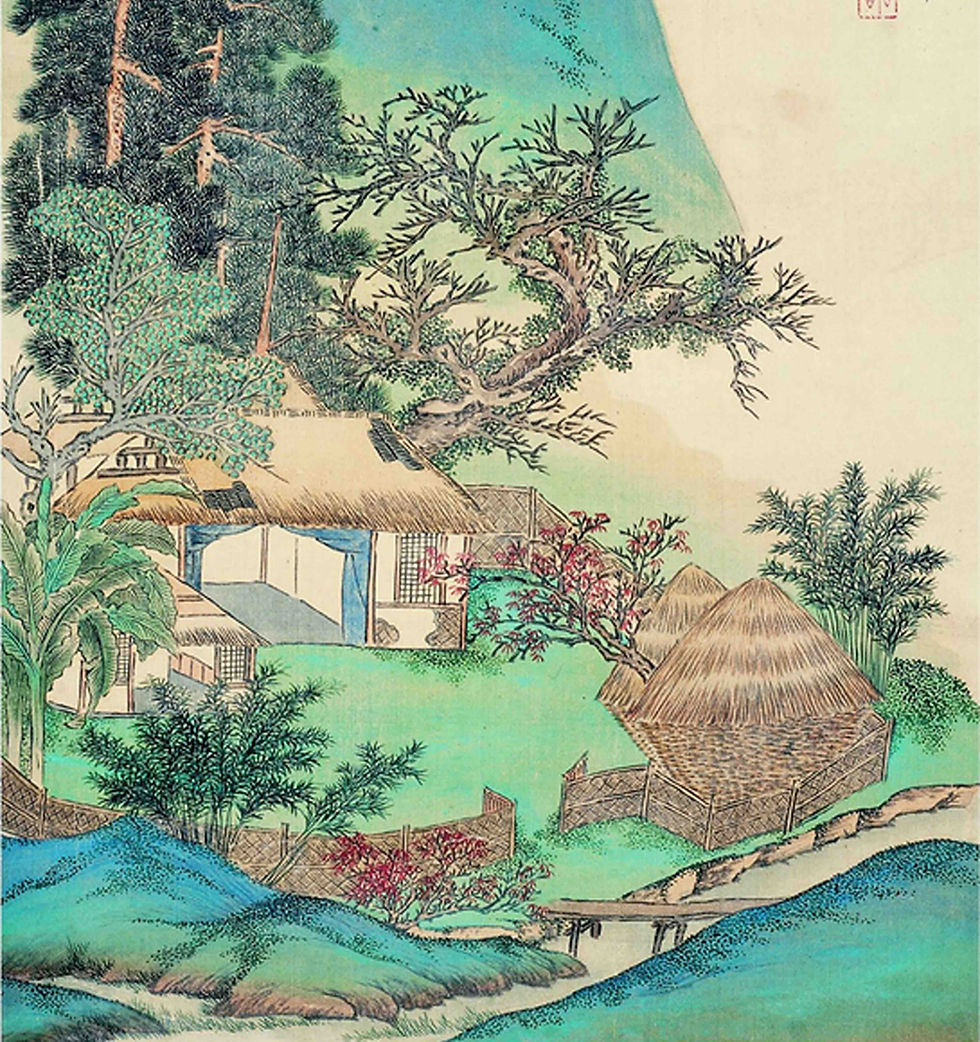Chen or 陈 - The Roots of Chinese Surnames: Exploring Heritage and History
The Chen (陈) surname, one of the oldest and most significant in Chinese history, carries a legacy rooted in ancient royalty and noble leadership, with origins tracing back to the legendary Emperor Shun (about 2294 BC—2184 BC), one of China’s revered Five Emperors.
Emperor Shun’s reign, characterized by virtue and wise governance, established a lineage that continued to influence Chinese history long after his time.

Duke Hu of Chen: The Founding Patriarch
In 1046 BCE, King Wu of Zhou overthrew the Shang Dynasty (1600 BC — 1046 BC) and established the Zhou Dynasty (1046 BC — 256 BC).
To reward loyal nobles and secure alliances, King Wu began distributing land to his most trusted followers.
Among these noblemen was a descendant of Emperor Shun, who was granted the Marquisate of Chen, thereby establishing the State of Chen.
To further solidify this bond, King Wu married his eldest daughter to the newly appointed Marquis.

The newly titled Marquis of Chen, Duke Hu, became the founding patriarch of the Chen clan and is revered as the ancestral figure of the Chen surname.
Under Duke Hu’s wise and just leadership, the State of Chen flourished for centuries.
His governance fostered prosperity and cemented the Chen name as one of honor and loyalty within the Zhou Dynasty.

The Fall of the State of Chen
After centuries of flourishing stability, the State of Chen was drawn into a period of intense conflict during the Spring and Autumn Period (770 BCE – 403 BCE), known for its fierce battles among states for hegemony.
Despite the Chen people's bravery, their state met its downfall in 478 BCE. The dissolution of the State of Chen scattered its nobles and citizens across different regions of China.
Though they lost their homeland, many Chen descendants preserved their legacy by keeping the surname "Chen," symbolizing their connection to their ancestral roots.
As the Chen clan spread to new lands, they worked diligently to maintain their cultural heritage.
Their dedication ensured the survival and growth of the Chen lineage, even in the face of significant challenges after their state's fall.

Notable Figures in Chen History
Throughout Chinese history, the Chen surname has been associated with numerous individuals who played pivotal roles in shaping China’s political and cultural landscape.
For example, Chen Sheng, who led the first large-scale peasant uprising against the Qin Dynasty in 209 BCE, left an indelible mark on Chinese history.
His revolt, though ultimately unsuccessful, is remembered as a key event that inspired future challenges to imperial authority.

Another prominent figure in Chen history was Chen Baxian, who founded the Chen Dynasty in 557 CE after the fall of the Liang Dynasty.
His dynasty, although short-lived, played a crucial role during the Southern and Northern Dynasties period, marking the last of the Southern Dynasties in Chinese history.
Beyond these leaders, the Chen surname has been borne by empresses, officials, generals, poets, artists, and ordinary people alike.
Each generation has passed down their heritage and traditions, ensuring that the spirit of the Chen people remains vibrant.

The Enduring Legacy of the Chen Surname
The legacy of the Chen clan is one of resilience, honor, and loyalty.
From its noble beginnings with Emperor Shun to the founding of dynasties and revolutionary movements, the Chen surname remains a symbol of strength and perseverance.
Today, the Chen family name is one of the most common in China and across the world, serving as a living testament to the indomitable spirit of their ancestors.
As time passes, the contributions of the Chen people continue to shape modern society, ensuring their place in the annals of Chinese history for generations to come.

